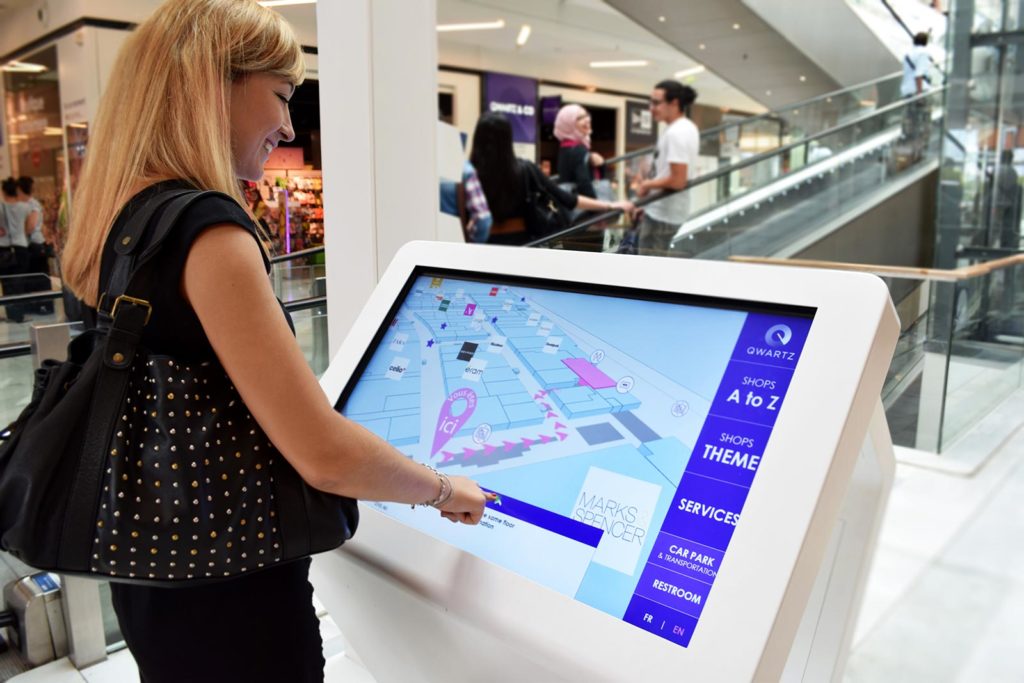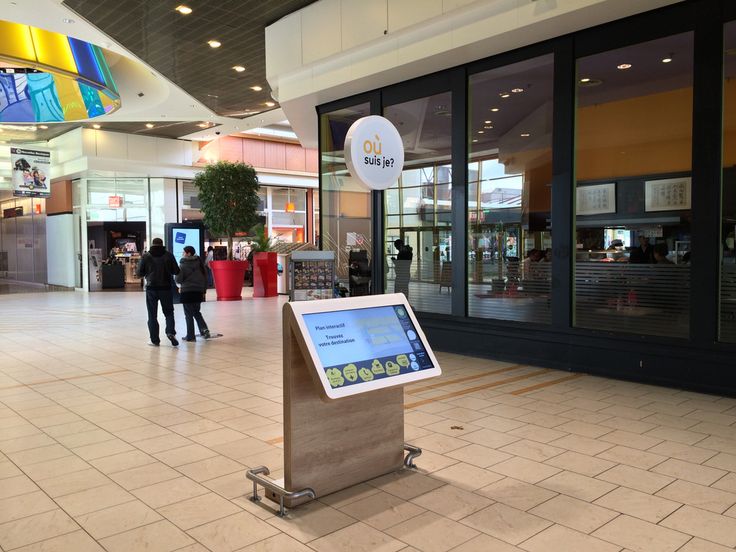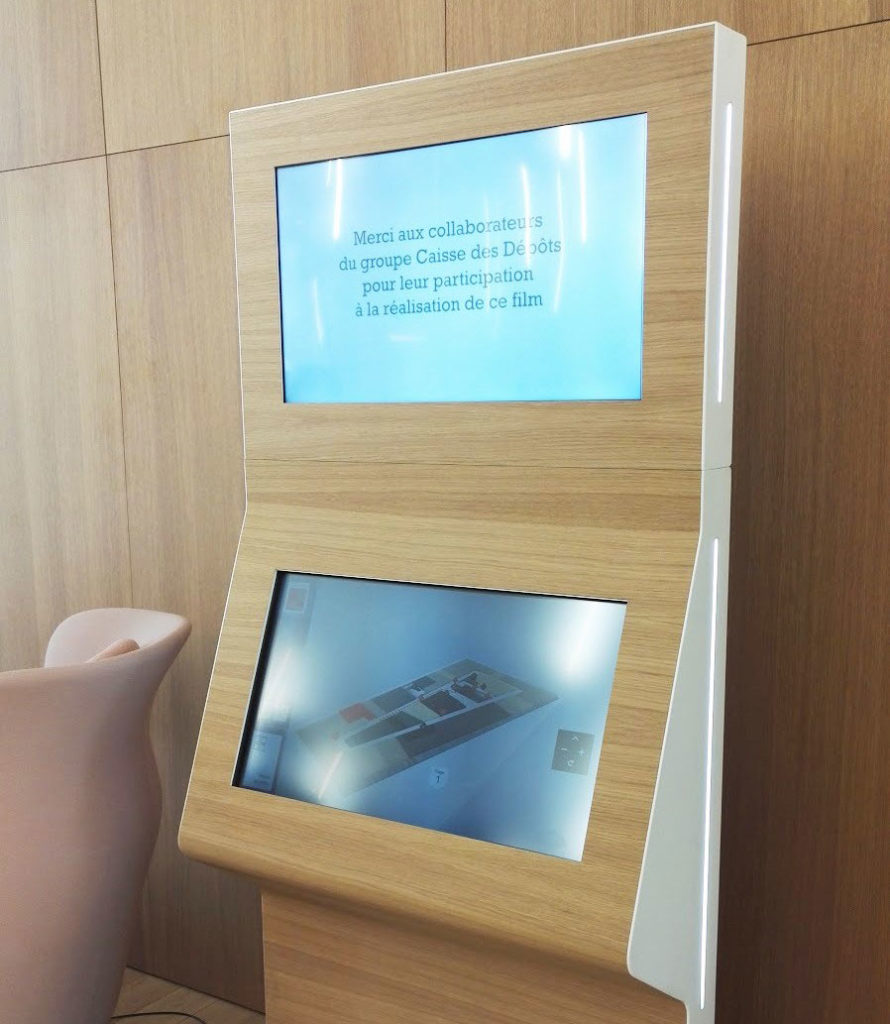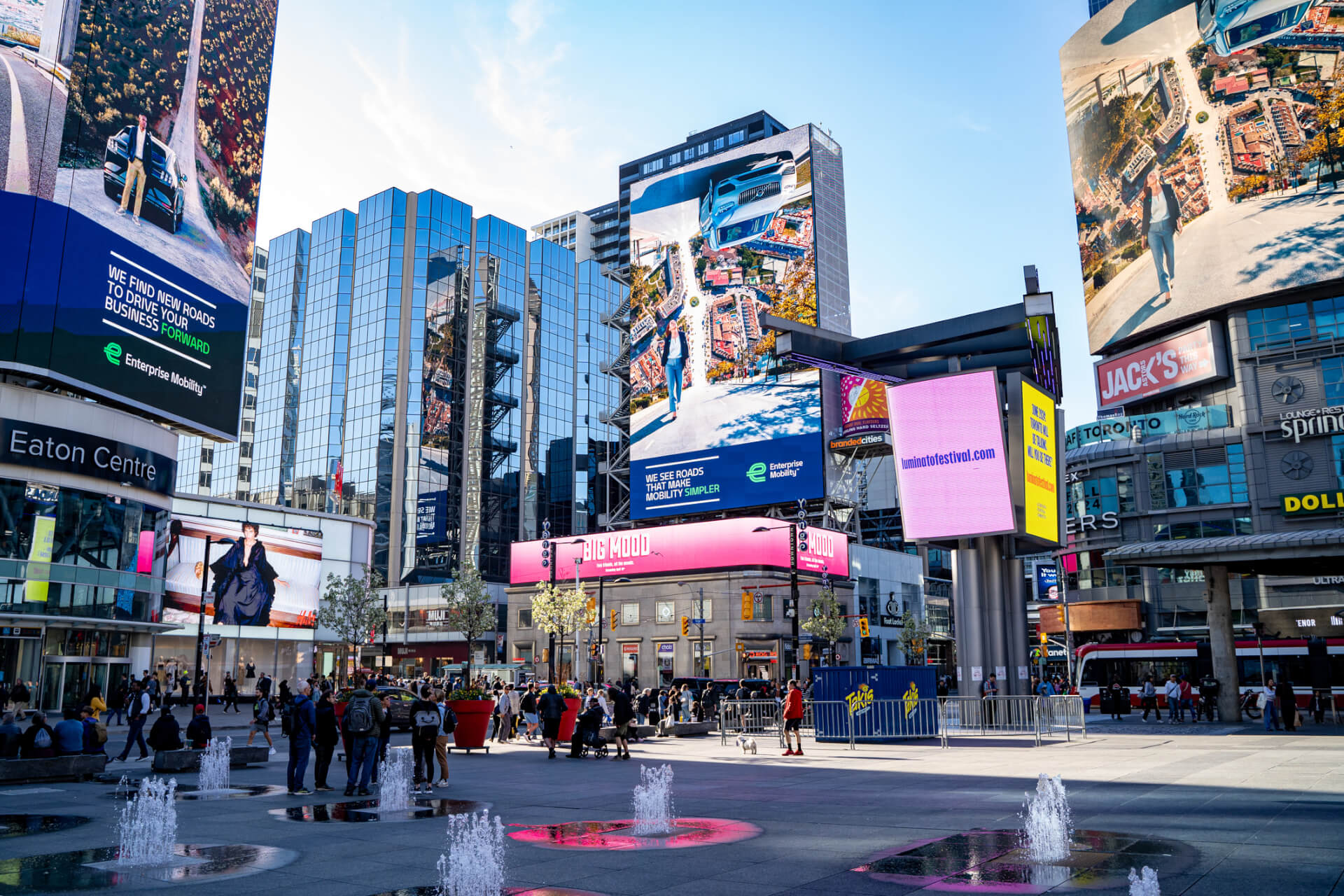Digital out-of-home is growing fast, with global spend expected to surpass $20 billion by the end of the year, according to the World Out of Home Organization. As the medium scales, it’s also evolving from broad-reach awareness to more data-driven, audience-first strategies. This shift is making first-party data more important than ever, especially as third-party cookies dwindle and privacy regulations tighten.
Put simply, today’s advertisers are looking for more than just reach—they want precision, personalization, and contextual relevance, even in a traditionally one-to-many channel like OOH. First-party data delivers on that need, offering a privacy-safe and cost-effective way to engage real customers based on actual behaviour and intent. And with modern DOOH platforms making it easier than ever to activate data, brands can now drive better targeting, stronger performance, and a more connected omnichannel experience.
To understand how to make first-party data work in digital out-of-home and outdoor advertising, it’s important to start with the basics, unpack the common barriers, and explore the tools and tactics that make activation possible today.
What is first-party data, and why is it so valuable?
First-party data is information a brand collects directly through its channels, based on real customer interactions or touchpoints. Examples can include actions like pages viewed, time spent on a website, items added to cart, app usage patterns, purchase history, loyalty programs, and more. Because it’s based on actual behaviour within your own ecosystem, and not inferred or purchased, first-party data gives brands a reliable, privacy-safe foundation for targeted, high-impact campaigns.
Tailoring messaging to real audiences and high-value prospects leads to more relevant and effective campaigns. This kind of personalization drives stronger performance, from increased engagement to higher conversion rates. It’s also more cost-efficient, since the data is already owned by the brand and doesn’t require additional spend to access—just the opportunity to activate it more strategically.
Barriers to smarter DOOH campaigns
Despite the growing potential of first-party data, many advertisers still face structural and technical challenges when it comes to putting it into action, especially in outdoor advertising and DOOH environments. Here are a few of the most common barriers:
- Data silos between CRM and media teams: In many organizations, the teams responsible for customer data, like CRM, loyalty, or analytics, operate separately from the teams planning and executing media. Without shared systems or workflows, valuable first-party data often stays locked away in internal platforms, disconnected from the tools used to build and target DOOH campaigns.
- Technical limitations have made first-party data harder to activate: Bringing first-party data into DOOH hasn’t always been straightforward. Many demand-side platforms (DSPs) lacked the flexibility to support custom data uploads, limiting brands to pre-packaged third-party segments. When activation was possible, it often required custom integrations, manual workarounds, or higher campaign spend—barriers that slowed adoption and limited the ability to fully tap into valuable audience insights.
- Perceptions around cost and complexity still linger: Brands may assume data onboarding is expensive, time-consuming, or reserved for large-scale campaigns. But many platforms now offer flexible, self-serve tools or managed support to help teams onboard everything from simple geo lists to advanced CRM segments.
Key considerations and best practices for activating first-party data in DOOH
With the right foundation, audience data can be a powerful driver of performance in DOOH. From preparing your data to choosing the right platforms, here are key considerations and best practices to help you activate it effectively.
Start with a DSP built for data-driven campaigns
Activating your own audience data in DOOH campaigns used to be a heavy lift, requiring custom integrations, technical support, or large-scale media budgets. Today’s DSPs, however, are built to be more flexible and data-friendly. Modern DSP platforms like OutMoove, for example, make it easier to activate customer data with minimal friction, giving advertisers full control over how data is used, where it comes from, and how it impacts campaigns.
Advertisers can use data they already have, like postal codes tied to customer addresses, loyalty program lists, or CRM segments based on purchase history. Many also incorporate behavioural signals like recent website activity to build high-intent audience segments—all without needing to reinvent their targeting strategy.
The benefits? Smarter targeting, stronger performance, and more efficient spending. By using audience insights to go beyond broad awareness, advertisers can connect with people who are more likely to take action. This reduces waste, helping teams focus their budget on audiences that have already shown interest or intent.
Expand reach with multi-layered targeting
Platforms like OutMoove support layered targeting, allowing you to start with your own audience, like loyalty members or recent store visitors, and expand reach by adding third-party segments based on foot traffic patterns, purchase intent, or lifestyle traits. For example, a brand could target its existing in-store shoppers and layer on third-party data to find others who frequently visit similar retail environments. This kind of multi-layered approach unlocks more precise, personalized campaigns without relying solely on broad demographic filters.
Deliver ads at the right time with real-world triggers
Moment targeting allows brands to activate ads based on real-world conditions like weather changes, traffic flow, sports scores, or time of day. These dynamic triggers help ensure your message appears when it’s most relevant, making your media spend more efficient and impactful.
Beyond standard conditions, many platforms now support custom triggers powered by business-specific data. Whether tied to a regional promotion, local event, or time-sensitive inventory, these inputs can be used to control when and where ads appear. This flexibility allows campaigns to align with meaningful moments that drive both relevance and results.
Align with data standards and industry guidelines
While fragmentation across buying methods and data standards has historically made it harder to apply audience data in DOOH as seamlessly as in digital, the industry is making important strides toward alignment, especially around measurement, data integrity, and audience definitions.
Initiatives like the IAB’s Digital Out-of-Home Measurement Guide are helping set a foundation for scalable, data-led campaigns. Introducing standardized metrics gives advertisers more confidence in campaign performance and supports better data collection, impression validation, and privacy compliance under frameworks like GDPR and CCPA. This growing alignment strengthens trust, improves transparency, and simplifies automated buying, making it easier for brands to activate audience data and run more effective, measurable DOOH campaigns.
As digital out-of-home advances, audience data is becoming a key driver of smarter, more impactful campaigns. With the right strategy and tools in place, advertisers can move beyond broad awareness to reach the right people at the right time.
Ready to see how your data can drive smarter DOOH campaigns? OutMoove gives you the tools to plan, activate, and optimize with ease. Learn more here.




